Historical dates
In early 2024, we returned to Vi Xuyen - a land once likened to a "meat grinder" or a "lime kiln of the century" - referring to the fierceness of the battle to protect the northern border during the period 1979-1989. Along the central road of the district are thousands of high-rise buildings with bright red corrugated iron roofs and rows of green trees planted on both sides of the road. Witnessing the development of Vi Xuyen today, no one would think that this place was once the fiercest and longest "battlefield" in the battle to protect the northern border.
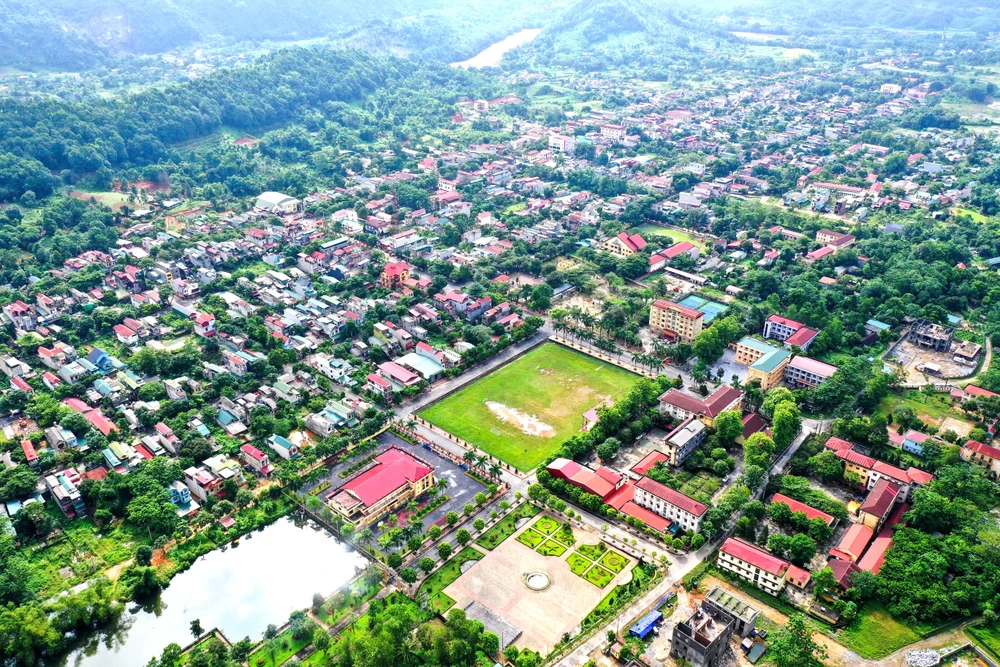
Vi Xuyen district currently has a population of more than 115,000 and 19 ethnic groups living together, of which the Tay ethnic group accounts for more than 47%. The people here mainly live on agriculture. Since ancient times in history, the ethnic groups in Vi Xuyen have had a tradition of solidarity, joining hands and hearts to build and protect their homeland. Through wars and changes in nature, the people of Vi Xuyen have formed valuable common virtues: honesty, tolerance, self-respect, courage in struggle, diligence, patience, creativity in production, and love for the homeland. These characteristics have created a strong vitality to survive the harshness of nature and defeat all enemies.
The history of the Party Committee of Vi Xuyen district still records the heroic days of the local army and people in the fight to protect the northern border in the period of 1979-1989. After mobilizing 600,000 troops along the entire northern border, at the border of Ha Tuyen (old province, including Ha Giang and Tuyen Quang provinces), China sent 3 regiments to Meo Vac, Dong Van, Vi Xuyen, Hoang Su Phi, and Xin Man districts. In Vi Xuyen district alone, China used a regiment to attack Lao Chai, Minh Tan, and Thanh Thuy communes. To protect their villages and homeland, the local army and people fought bravely. In the direction of Thanh Thuy commune, on March 1, 1979, officers and soldiers of the Armed Police Station repelled attacks by an enemy battalion.
At that time, the whole district was divided into 8 combat clusters, each cluster had a member of the district Party Committee in charge. In each cluster, young men from 16 to 45 years old and women from 17 to 35 years old joined the militia. After 3 mobilizations and recruitments in 1979, more than 1,000 young men and women joined the army. During that period, all the people of Vi Xuyen district worked 10 hours a day, 8 hours for production and work, 2 hours for military training and combat support. Minh Tan commune had a 72-year-old man, a 12-year-old child and many women carrying their children to carry ammunition. In Dao Duc commune, 60 militiamen transported 8 tons of iron spikes to the battlefield in 5 days.
After withdrawing troops from the northern border on March 18, 1979, the enemy still held many advantageous high points on the border, continuing armed provocations in Vi Xuyen district. The battles to protect high points such as 1800A, 1800B, 1875, 1558, 1668, 685... became famous for the fierceness of artillery shells, especially in the area north of Thanh Thuy stream (Thanh Thuy commune). The fiercest period of the border protection battle in Vi Xuyen was the period 1984-1989. It is estimated that at that time, on average, each local resident suffered 30 artillery and mortar shells. At the fiercest time, in just 3 days, the Chinese army fired more than 100,000 artillery shells from Vi Xuyen to Ha Giang town. In 5 years, the Chinese side fired more than 1.8 million artillery shells at the Vi Xuyen front...
Changes in the "dead land"
We arrived in Thanh Thuy in the late afternoon when the students of Thanh Thuy Secondary School for Ethnic Minorities had just finished school. The boarding students brought brooms to clean the school yard and gate. Bon Thi Nhung and her friend Dang Thi May, both in class 6A, shared that although their homes were about 8km from the school, thanks to the care of teachers and authorities, the conditions for studying, eating and living at the boarding school were very good. They were at ease studying and only visited their parents on weekends.
Deputy Chief of Office of Vi Xuyen District Party Committee Nguyen Huu Viet said that Vi Xuyen is one of the “dynamic” districts of Ha Giang province. In recent years, people’s income has been increased thanks to growing strong crops such as tea, cardamom, oranges, etc.
In the general achievements of Vi Xuyen district, the locality has basically implemented well 3 national target programs (new rural construction, renovating mixed gardens and eliminating backward customs). Currently, Vi Xuyen district has maintained more than 2,800 hectares of tea meeting VietGAP standards, more than 90 hectares of oranges meeting VietGAP standards, more than 2,800 hectares of cardamom; 28 farms, 50 livestock and poultry farms. In 2023, Vi Xuyen district has 16 agricultural products and typical goods listed on popular e-commerce platforms, 23 products have been certified with 3-4 star OCOP.
According to the elders in Thanh Thuy commune, since 2015, the locality has developed faster than in previous years. Grocery stores, markets, and supermarkets have been opened everywhere, and people's lives have improved. Therefore, people like Mr. Vang Van Xuyen (62 years old, Tay ethnic group, Giang Nam village), Mr. Bon Van Ban (57 years old, Nam Ngat village) feel happy when recalling the days when they had to evacuate to Bac Me district (Ha Giang province) decades ago. In 2001, returning to their hometown, Mr. Xuyen, his family, and Mr. Ban reclaimed and restored the land to develop the economy. The two men affirmed that life is now 5-6 times better than before; there are no more hungry households in the villages.
“When we returned to the village, we didn’t have decent clothes, so we patched them here and there to have something to wear. Now we have motorbikes, gas stoves, and induction cookers instead of wood stoves,” Mr. Xuyen shared.
Mr. Ban continued: “At that time, the village only had 24 households, but now there are 64 households with a fairly prosperous economy. The biggest change in Thanh Thuy is the economy. After the war, the army came to clear mines, so people expanded their cultivated land area, no longer growing corn, eating cassava, then selling it to buy fish sauce and salt like before. My family also changed the crop varieties, providing seedlings for households in the commune, and the income is better than before”. Mr. Ban also hopes that in the near future, the commune will receive attention and investment in a transit area for goods with neighboring countries. Along with the expansion of the highway, people will do business even better…
According to Mr. Truong Tuan Anh, Vice Chairman of Thanh Thuy Commune People's Committee, in recent years, the number of enterprises operating in Thanh Thuy commune has been constantly increasing. More than 20 enterprises in the area are creating momentum for local economic development, solving employment issues for hundreds of workers during the off-season. Thanh Thuy currently also has many economic development models associated with the locations of the old war such as Che Chot 468 of the young man Ly Duc Dan (Tay ethnic group); tea in the villages of Na Toong, Coc Nghe, Nam Ngat and Lung Dooc...
The brand Che Chot 468 is an OCOP product of the commune and has reached the national market. Ly Duc Dan said that checkpoint 468 in Nam Ngat village was a fierce battle site. In 2017, the 468 incense platform was inaugurated, so the idea of naming his product was born from that. "Che Chot 468 is both to show gratitude and for the younger generations to remember the contributions of previous generations," Duc Dan confided.
Before saying goodbye, Mr. Truong Tuan Anh added that in 2023, his commune was recognized by the province as a type 5 urban area. From here, electricity, roads, schools, and stations will continue to be invested in and upgraded, creating conditions for Thanh Thuy to continue to develop further.
DO TRUNG - NATIONAL DAY - TRAN LUU
Source


![[Photo] Magical moment of double five-colored clouds on Ba Den mountain on the day of the Buddha's relic procession](https://vphoto.vietnam.vn/thumb/1200x675/vietnam/resource/IMAGE/2025/5/9/7a710556965c413397f9e38ac9708d2f)
![[Photo] Prime Minister Pham Minh Chinh chairs a special Government meeting on the arrangement of administrative units at all levels.](https://vphoto.vietnam.vn/thumb/1200x675/vietnam/resource/IMAGE/2025/5/9/6a22e6a997424870abfb39817bb9bb6c)
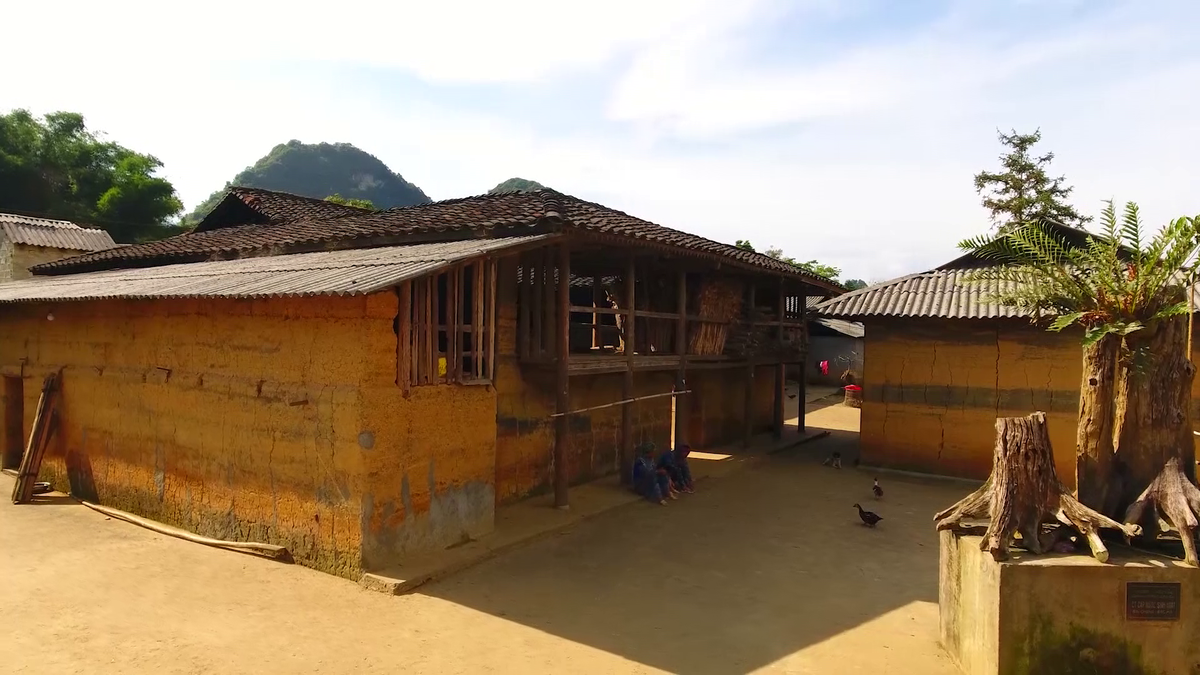
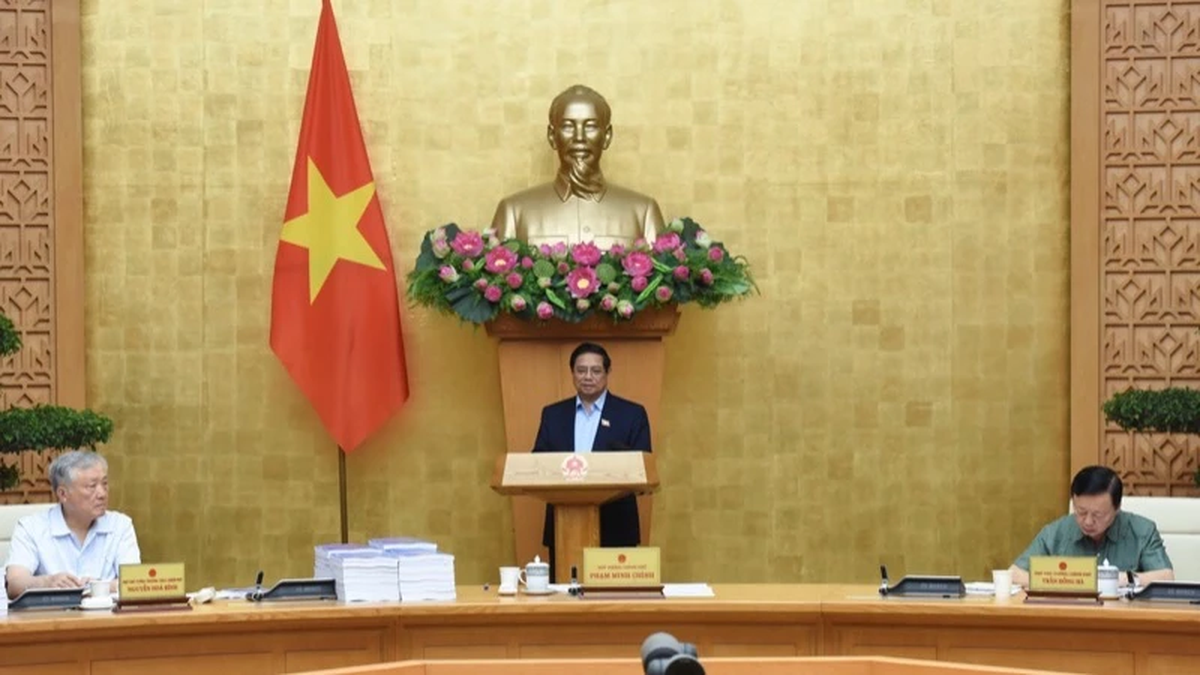


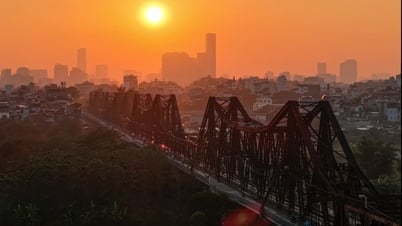

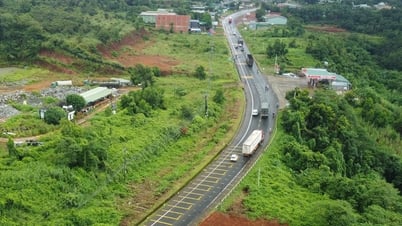











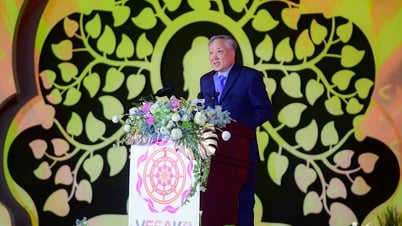







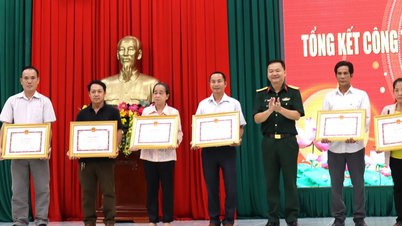

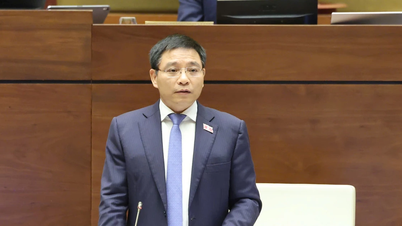









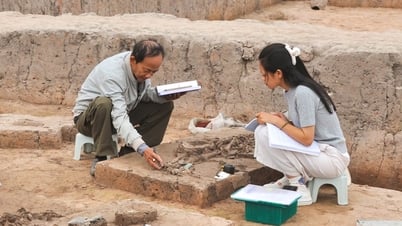










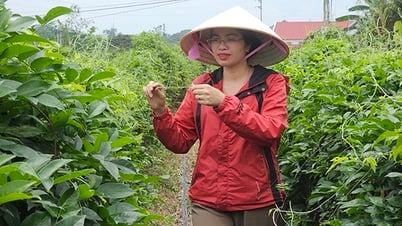

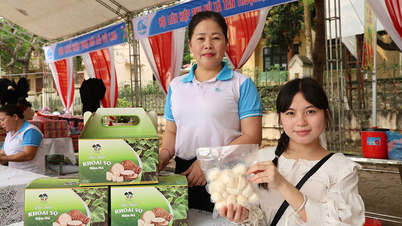


















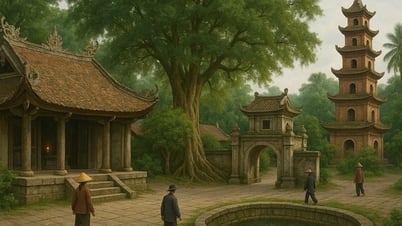



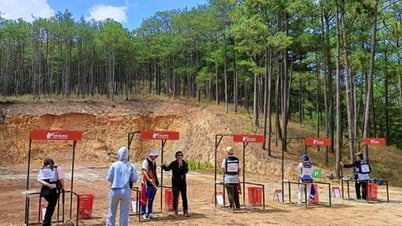







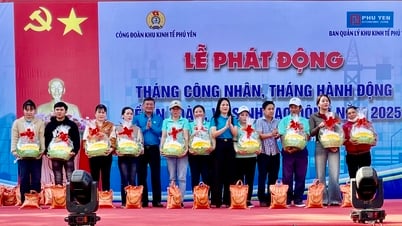












Comment (0)